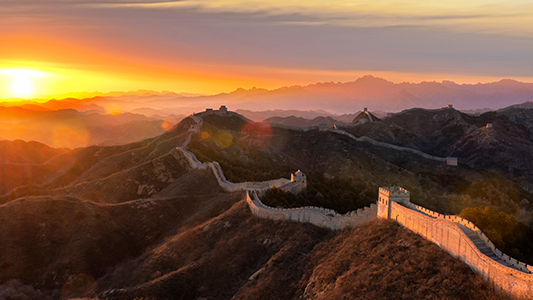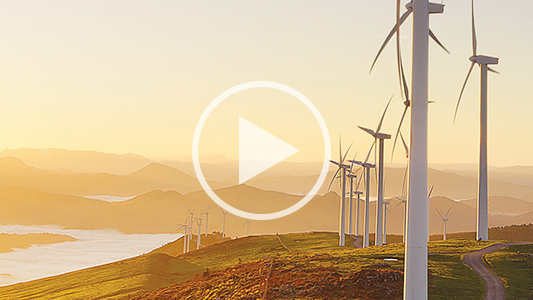INSIGHTS
CHINA: LAND OF OPPORTUNITY AND VOLATILITY
Mark Lister, 27 August 2021
China-related shares have been roiled these last few weeks, as a slowing economy, a regulatory crackdown from the Government and lower demand for commodities have reverberated through a range of asset classes and sectors.
World shares have increased ten per cent in the last six months, while the MSCI China share index has slumped more than 25 per cent. Much of this weakness have come over the past several weeks.
Having been the first to come out of last year’s pandemic, the Chinese economy has been slowing for much of 2021.
Manufacturing PMIs peaked late last year but have pointed to waning momentum ever since. This slowdown prompted the People’s Bank of China to ease monetary policy in early July, a move which surprised many investors at a time when other central banks around the world were talking about withdrawing support.
Recent activity indicators have also been soft, with the economy feeling the effects of the latest COVID-19 outbreak, as well as natural disasters such as the Henan floods.
It hasn't just been economic pressures that Chinese shares have had to contend with. The Government has clamped down on the technology sector in a big way, introducing a raft of regulatory changes.
It has targeted everything from gaming and e-commerce to ride-hailing and education. This has seen the share prices of Chinese tech giants Alibaba and Tencent fall more than 40 per cent from their 2021 highs.
In the words of Tencent president Martin Lau, internet regulation in China has been “quite loose” for some time. Regulators in Beijing are now moving ahead of their US and European counterparts, in the hope of fostering more sustainable development of the industry. In the long-term, some of these moves are probably a good thing.
Australian shares also caught a China chill last week, posting their worst performance since January as the materials and energy sectors finished sharply lower.
Commodity prices have fallen heavily against a backdrop of weaker Chinese demand, with iron ore prices down almost 40 per cent from their May highs. Iron ore is Australia’s largest export product, and China is Australia’s biggest customer.
At US$140 per tonne, the iron ore price is still well above its long-term average. However, according to the Treasury a change of just US$10 per tonne results in a A$5.7 billion difference (in either direction) to nominal GDP.
Historically, China’s growth has been built on investment in infrastructure and manufacturing, something which has required vast quantities of resources from the rest of the world.
Chinese leadership wants to see this change, and it hopes to transition the economy to one led by its services sector, where consumer spending plays a larger role. As a share of GDP consumption has traditionally sat at around 50 per cent, much lower than many developed economies where consumption is closer to 70 per cent or more.
This evolution should see New Zealand in a stronger position than Australia, given the food-based nature of our commodity exports. Dairy products represent 18.7 per cent of our total exports at present, and China is our biggest export market at 23.0 per cent.
Having said that, Australia is a clear number two, taking 16.4 per cent of our products. We need a strong Australia for many of our industries to prosper, and any slowdown across the Tasman would be felt here too.
China accounts for almost a fifth of global GDP today, and it is an increasingly important part of the world economy. These days, the adage of ‘when America sneezes, the world catches a cold’ applies to China as well.
Recent moves are a timely reminder for investors in China-related businesses, as well as countries like New Zealand that have hitched their wagon to this impressive engine of economic activity.
While the long-term opportunity remains hugely exciting, it’s almost certain to be a bumpy ride along the way.




